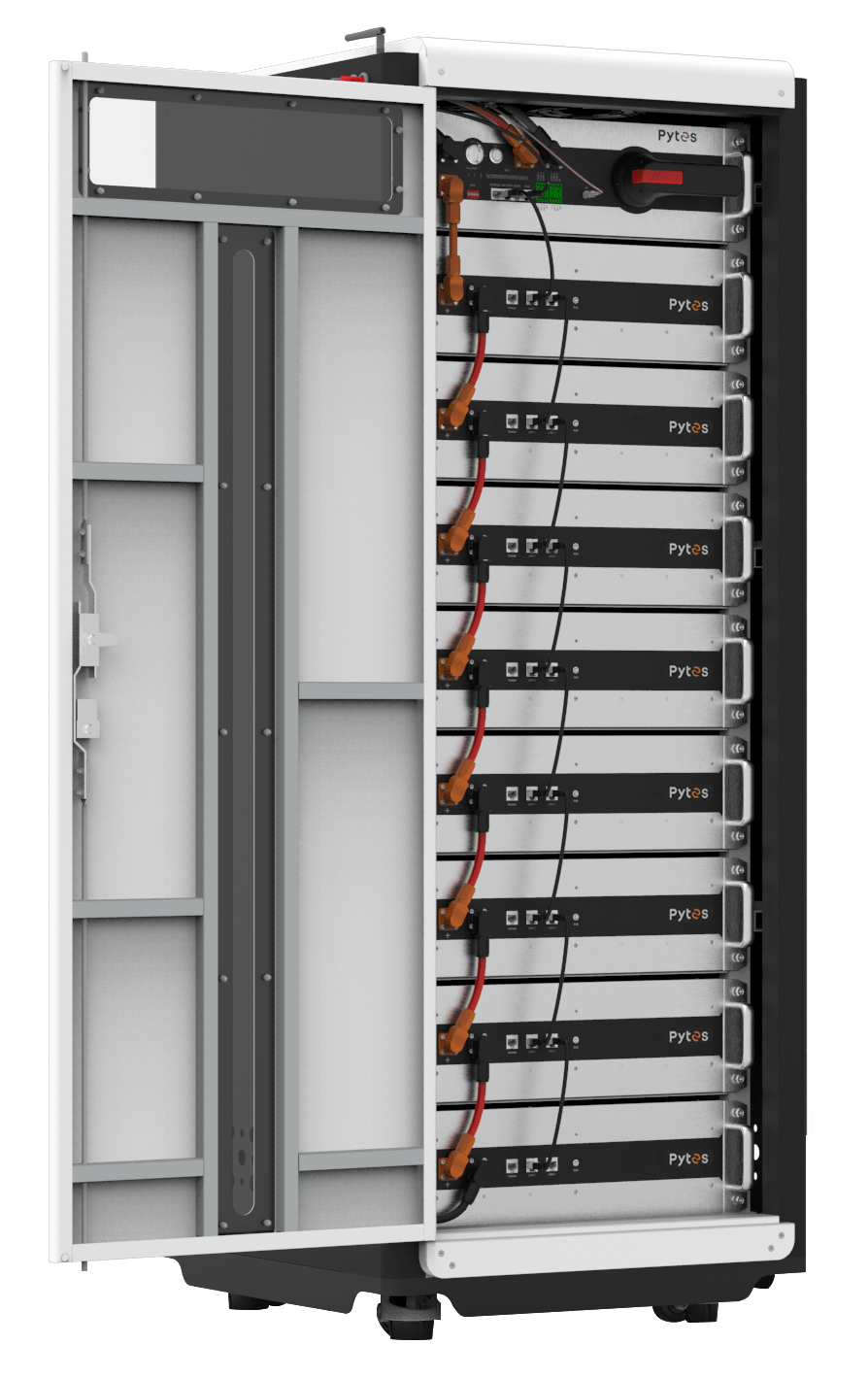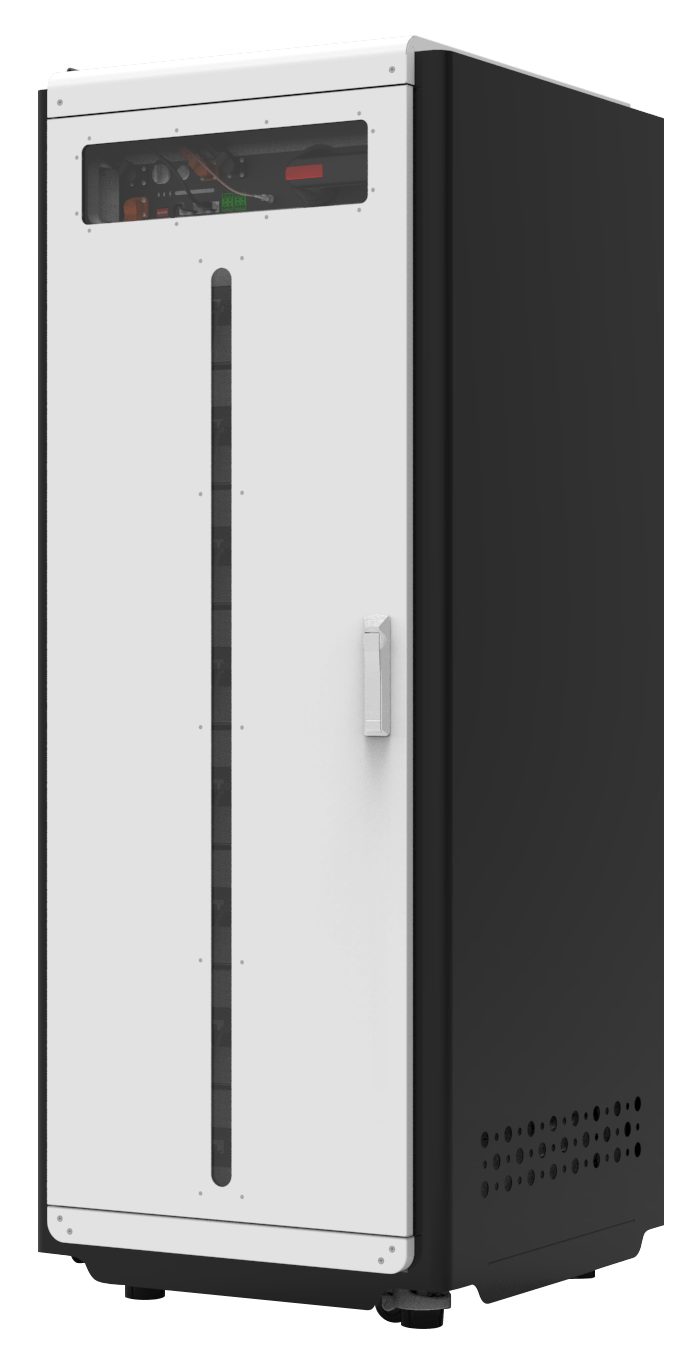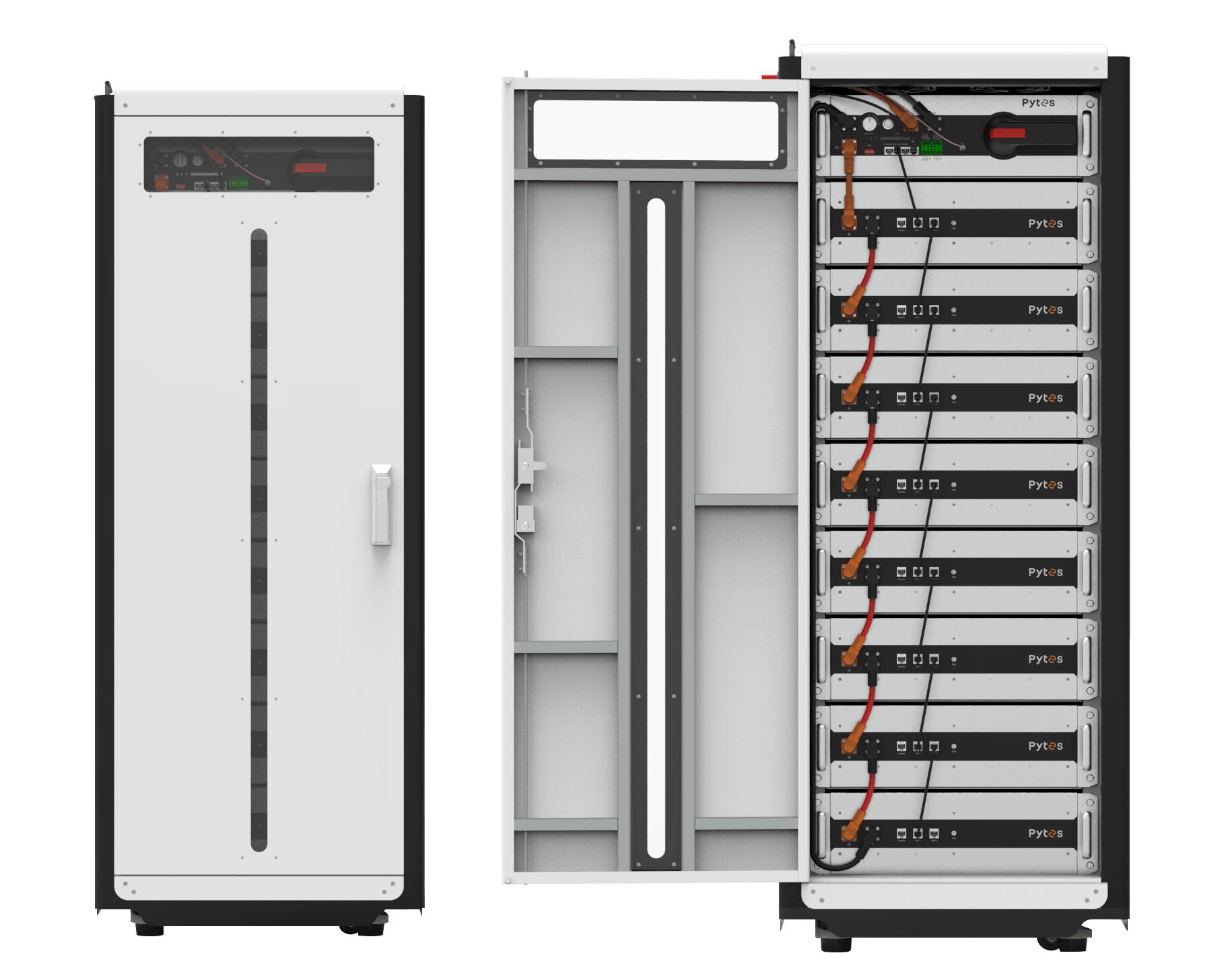Off-grid power systems are becoming increasingly popular as people seek reliable and sustainable energy sources. Lithium iron phosphate (LFP) batteries, also known as LiFePO4 batteries, are a type of rechargeable battery that uses lithium iron phosphate as the cathode material. Among the various technologies available, lithium iron phosphate (LFP) batteries have emerged as an efficient and reliable solution. In this article, we will explore the benefits of LFP batteries and their role in providing a sustainable solution for off-grid power systems.
A. High Energy Density and Efficiency
LFP batteries offer a high energy density, meaning they can store a significant amount of energy in a compact size. This makes them ideal for off-grid power systems where space is limited. Additionally, LFP batteries have a high charge and discharge efficiency, minimizing energy loss during the conversion process.
B. Long Cycle Life and Durability
One of the significant advantages of LFP batteries is their long cycle life. They can withstand thousands of charge and discharge cycles without significant degradation, ensuring their longevity and reducing the need for frequent replacements.
C. Enhanced Safety Features
Compared to other lithium-ion battery chemistries, LFP batteries are considered safer due to their stable chemical composition. They are less prone to thermal runaway, which can lead to overheating and potential hazards. Additionally, LFP batteries do not contain toxic materials such as cobalt, making them more environmentally friendly.
D. Wide Temperature Range Tolerance
LFP batteries can operate efficiently in a wide range of temperatures, from extreme cold to high heat. This makes them suitable for off-grid power systems in diverse climates and remote locations where temperature fluctuations are common.
E. Fast Charging and Discharging Capabilities
LFP batteries have the ability to charge and discharge at high rates, allowing for quick energy replenishment and utilization.

A. LFP vs. Lead-Acid Batteries
Compared to lead-acid batteries, LFP batteries offer several advantages. LFP batteries have a higher energy density, longer cycle life, and faster charging capabilities. They are also maintenance-free and do not emit harmful gases during operation, making them a cleaner and more sustainable choice.
B. LFP vs. Lithium-ion Batteries
While both LFP and other lithium-ion batteries share some similarities, LFP batteries have distinct advantages. LFP batteries have a longer cycle life, enhanced safety features, and are more tolerant to high temperatures. They also have a lower risk of thermal runaway, making them a safer option for off-grid power systems.
C. LFP vs. Nickel-Cadmium Batteries
LFP batteries offer several advantages over nickel-cadmium (Ni-Cd) batteries. LFP batteries have a higher energy density, longer cycle life, and are more environmentally friendly as they do not contain toxic cadmium. Additionally, LFP batteries have a lower self-discharge rate, ensuring energy is retained for longer periods without the need for frequent recharging.
A. Residential Off-Grid Systems
LFP batteries are an excellent choice for residential off-grid systems, providing reliable and sustainable power for homes. They can store excess energy generated from renewable sources such as solar panels or wind turbines, ensuring a continuous power supply even during periods of low generation.
B. Telecommunication Towers
Telecommunication towers often require reliable power sources to ensure uninterrupted communication services. LFP batteries can be integrated into off-grid power systems for telecommunication towers, providing a sustainable and efficient energy solution.
C. Emergency Backup Power
LFP batteries are also used as emergency backup power systems in various applications. They can provide reliable power during grid outages or natural disasters, ensuring critical services such as hospitals, emergency response centers, and communication networks remain operational.

Pytes HV48100 is a distributed energy storage system developed and produced by Pytes, a solar cell manufacturer. Equipped with Pytes' independent battery management system, it can realise applications such as peak shaving, emergency backup power and photovoltaic energy storage for weak power systems.
1.Composition of Pytes HV48100
a. All-in-one design: Pytes HV48100 is a high-performance LFP energy storage battery pack, high-voltage control box and battery management system integrated into an IP20 rated enclosure. This all-in-one design simplifies installation and improves system reliability.
b. High-performance Battery: The PATS HV48100 uses a high-performance LFP energy storage battery with a PATS independent battery management system, which provides high safety, a cycle life of more than 6,000 cycles, and a cycle efficiency of up to 95%.
2.Advantages of PATS HV48100
a. Short charging time: HV48100 has a peak continuous output power of 2.56KW per module, which can be fully charged in only 2 hours. The short charging time ensures fast power supply and reduces downtime.
b.System Expansion: HV48100 supports system expansion of up to 15 units in series, which can flexibly meet different energy storage needs and achieve cooperative control of multiple units through intelligent control system.
c. Peaking and Emergency Power Backup: HV48100 can be used for peaking by storing excess energy generated during peak sunlight hours, and can be used as an emergency power backup to ensure a reliable power supply in case of grid outage or poor system conditions.
A. Battery Capacity and Sizing
Determining the appropriate battery capacity and sizing is crucial for off-grid power systems. Factors such as energy demand, load profile, and available renewable energy sources need to be considered to ensure optimal performance and sufficient energy storage.
B. Battery Management Systems
Implementing an efficient battery management system is essential for monitoring and controlling the performance of LFP batteries. These systems help optimize charging and discharging cycles, prevent overcharging or over-discharging, and ensure the longevity of the batteries.
C. Maintenance and Monitoring
Regular maintenance and monitoring of LFP batteries are essential to ensure their optimal performance and longevity. This includes periodic inspections, temperature monitoring, and voltage checks to identify any potential issues and address them promptly.

LFP batteries offer a sustainable and reliable solution for off-grid power systems. Their high energy density, long cycle life, enhanced safety features, and fast charging capabilities make them an ideal choice for various applications. As renewable energy sources continue to gain prominence, the demand for LFP batteries is expected to grow further.
Pytes (USA) Energy, Inc. is a leader in the development of residential energy storage systems. Our goal is to help individuals minimize costs during power outages by providing ongoing support and leveraging over 20 years of technical expertise.
If you are looking for off-grid power system solutions, feel free to contact us.
E-mail: pytesusa@pytesgroup.com
A Comprehensive Guide to High Voltage Batteries